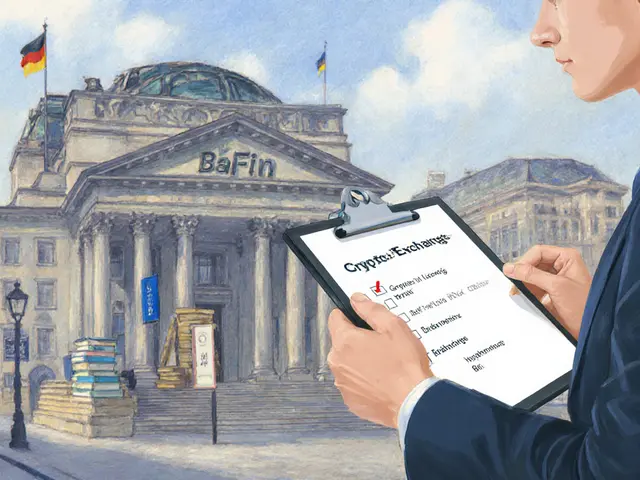CoinMarketCap NFT: What It Really Means and How to Avoid Fake Airdrops
When you see CoinMarketCap NFT, a non-fungible token listed on the popular crypto data platform. Also known as NFTs on CoinMarketCap, it doesn’t mean the token is verified, valuable, or even real. Most of the time, it just means someone paid to get it listed—no due diligence, no quality check. CoinMarketCap doesn’t approve NFTs; it just displays what’s submitted. That’s why you’ll see dozens of "NFT airdrops" that vanish the moment you send crypto to claim them.
Real NFT projects don’t need to scream "free token" to get attention. They build communities, ship products, and earn listings through actual usage. But the noise? That’s all scams. Look at posts like 1MIL airdrop, a fake NFT giveaway tied to a misleading name. Also known as 1MillionNFTs, it "1 Million Nads"—a totally unrelated Monad project—that confused people into sending ETH to empty wallets. Same thing with Bull BTC Club, a token that falsely claimed CoinMarketCap backing. No official link. No real team. Just a banner and a phishing link. These aren’t bugs—they’re features of the scam economy. CoinMarketCap NFT listings are a magnet for bad actors because people trust the name. They assume if it’s on CoinMarketCap, it’s safe. It’s not.
What you’ll find in the posts below are real breakdowns of exactly this problem. We’ve dug into fake airdrops, exposed misleading listings, and shown how to tell the difference between a project with legs and one that’s already dead. You’ll learn how RBT’s CoinMarketCap listing turned out to be a trap, how MagicCraft’s MCRT airdrop actually worked (and how to claim it), and why tokens like 1MIL and Bull BTC Club are red flags you can’t ignore. This isn’t theory. It’s what people lost money on last month. If you’re chasing NFT airdrops, you need this context—or you’re just feeding the scam machine.

TopGoal x CoinMarketCap NFT airdrops are no longer active, but you can still prepare for the next one. Learn how past campaigns worked, what to do now, and how to avoid scams.
Jonathan Jennings Oct 27, 2025




